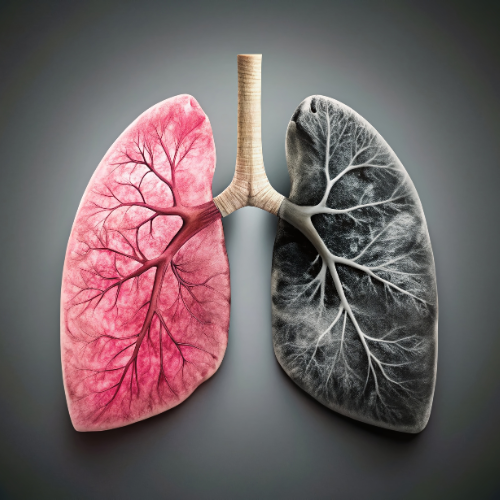
STONEVILLE USA Failed to Provide Accurate Safety Information About Their Products
April 16, 2024
Clear and Present Danger: The Artificial Stone Silicosis Epidemic
April 22, 2024Blog

Occupational Hazard: The History of Silicosis
Silicosis, an ancient scourge that continues to affect workers worldwide, has a rich history intertwined with the development of human civilization and industrial practices. Silicon, the second most abundant element on Earth after oxygen, forms the core component of silica, which, when inhaled as crystalline silica dust, can cause the debilitating and often fatal lung disease known as silicosis.
The stone industry, with its long and storied past, has been aware of the health risks associated with silica dust exposure for centuries, perhaps even millennia. The ancient civilizations of Egypt and Greece, renowned for their monumental stone architecture, also bore witness to the earliest known cases of occupational silicosis. Stonecutters, builders, and masons of these eras, the very individuals who erected the enduring symbols of human achievement, often paid with their health, exhibiting unmistakable signs of the disease.
The recognition of silicosis as an occupational hazard is not a modern phenomenon. In 1556, the German scientist Agricola, in his comprehensive treatise on mining, described a lung disease that plagued miners and stonecutters. This early account underscores the historical acknowledgment of the risks inherent in working with stone and minerals.
Dr. Bernardino Ramazzini, often hailed as the "father of occupational medicine," furthered this understanding in the early 18th century. By conducting autopsies on stone workers, he discovered their lungs filled with a sand-like substance, providing clear evidence of silicosis and emphasizing the occupational nature of the disease.
The industrial revolution brought about significant advancements but also heightened exposure to silica dust, particularly among quarry and granite workers. Dr. Alice Hamilton, an early 20th-century physician and advocate for worker health, documented silica-related illnesses among granite workers in Vermont, highlighting the persistent threat of silicosis in industrial settings.
The U.S. Public Health Service, recognizing the growing problem, spotlighted the prevalence of silicosis among foundry workers as early as 1917. Subsequent studies throughout the early 20th century identified industries with high risks of silica exposure, particularly the abrasive industry, as significant sources of occupational silicosis.
By the 1930s, industrial and public health literature was replete with discussions on the dangers of silica, especially in relation to sandblasting, a process known for its extreme potential for harmful exposure. The term "silicosis" became commonly used to describe the lung disease resulting from inhalation of crystalline silica dust, leading to widespread recognition of its occupational origins.
The Hawk's Nest Tunnel disaster of the early 1930s, where hundreds of workers died from acute silicosis after being exposed to high levels of silica dust, marked a turning point, drawing national attention to the deadly risks of silica exposure. This tragic event catalyzed significant regulatory and public health efforts, including the landmark National Silicosis Conference hosted by the U.S. Department of Labor in 1937, which aimed to identify high-risk occupations and establish protective measures for workers.
Despite these efforts, silicosis remained a pervasive issue, particularly in the construction industry, where new products and work practices continued to expose workers to hazardous levels of silica dust. The disease's persistence into the latter half of the 20th century and beyond highlighted the need for ongoing vigilance, regulation, and innovation in protective measures.
The Occupational Safety and Health Administration (OSHA) has played a crucial role in recent decades, implementing stringent regulations to protect workers from silica exposure. The 2016 final rule and subsequent industry-specific regulations represent significant strides in combating silicosis, yet the battle against this ancient disease continues in the face of evolving industrial practices.
In conclusion, the history of silicosis is a testament to the enduring challenge of balancing human industry with health and safety. From the ancient stonecutters of Egypt and Greece to modern construction workers, the quest to mitigate the risks associated with crystalline silica dust reflects a broader narrative of human progress, innovation, and the ongoing effort to safeguard the well-being of workers across the globe.


